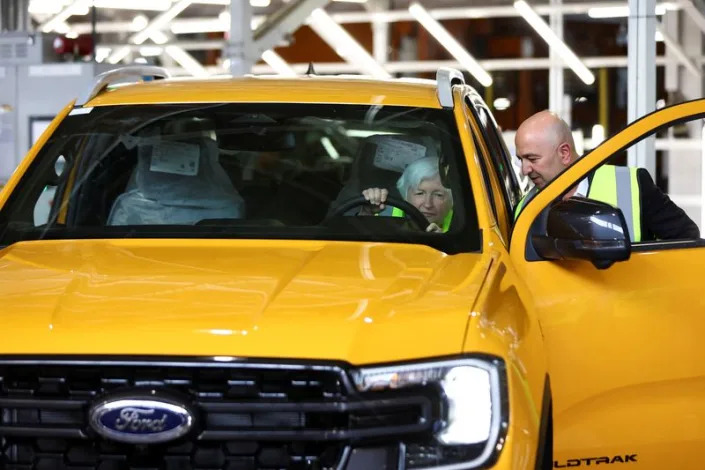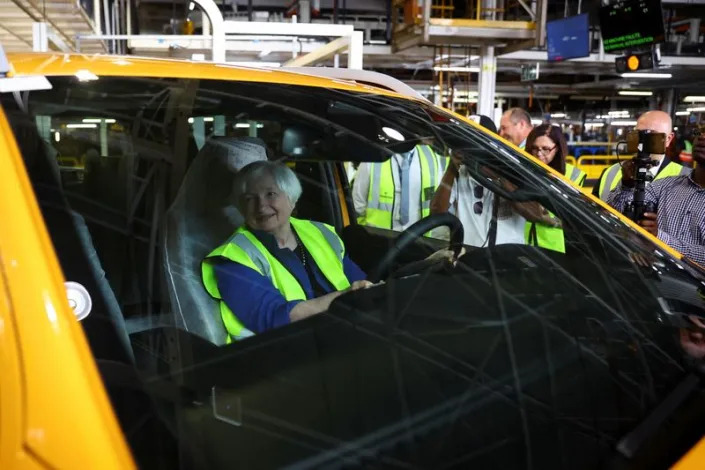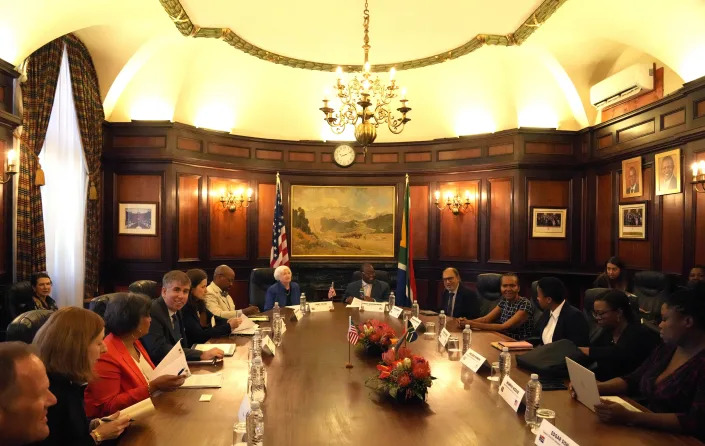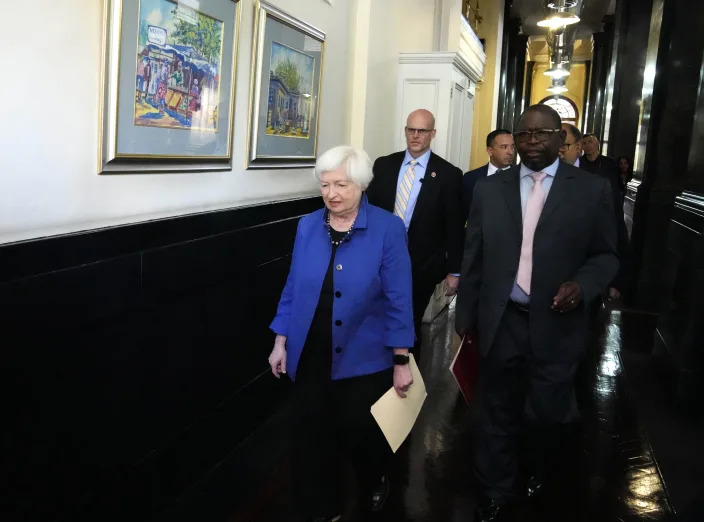


Wed, January 25, 2023
LIMA (Reuters) -A group of Peruvian lawmakers on Wednesday submitted a motion seeking to impeach President Dina Boluarte after a little over a month in power citing "permanent moral incapacity".
The bid to remove Boluarte comes in the midst of violent protests following the impeachment and arrest last month of her predecessor, Pedro Castillo, in which dozens of people have been killed.
The motion, a copy of which was reviewed by Reuters, was signed by 28 leftist members of congress who support Castillo. A minimum of 20%, or 26 signatures, was required to file the motion.
The motion must now be approved by 52 votes before it can be debated in Congress where it must win two-thirds of the chamber's support.
"Never in the history of Peru has a government in so little time - a month in governance - killed more than forty people in protests," the motion said, accusing Boluarte of allowing the abuse and disproportionate use of force, among other accusations.
Boluarte's office did not immediately respond to a request for comment.
She has blamed Castillo, who is in pretrial detention, for promoting political polarization during his nearly 17 months in power.
On Tuesday, Boluarte called for a "political truce". She has also accused drug traffickers and others of stirring up the violence on the streets.
Peru's ombudsman office said there were more than 90 blockades across the country on Wednesday and one person was killed in Cusco city.
At least 47 people have died in clashes since the protests began in December, according to the office, including one police officer, while hundreds have been injured.
Human rights groups accuse police and soldiers of using excessive force, including live ammunition and dropping tear gas from helicopters.
Security forces say protesters, mostly in Peru's southern Andes, used homemade weapons and explosives.
(Reporting by Marco Aquino and Carolina Pulice; Writing by Sarah Morland and Valentine Hilaire; Editing by Robert Birsel)






















.jpg)
